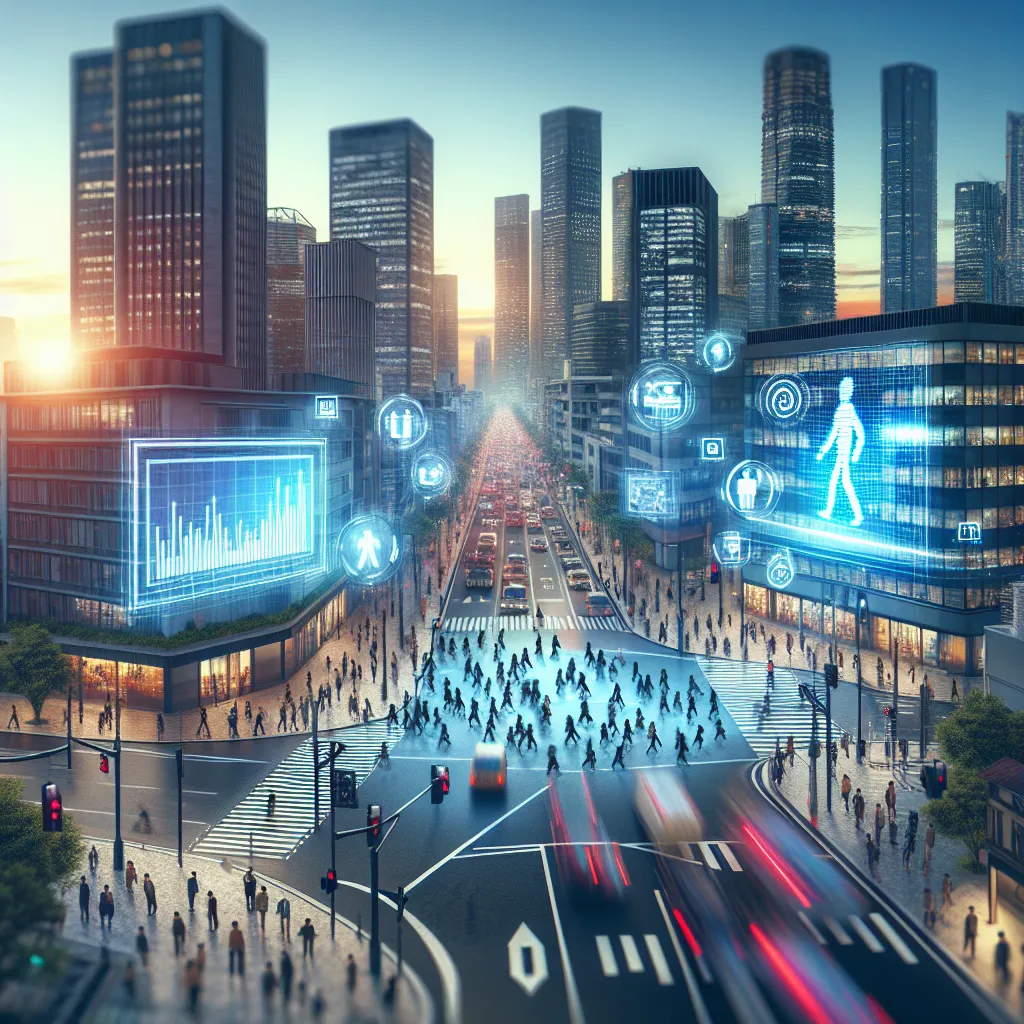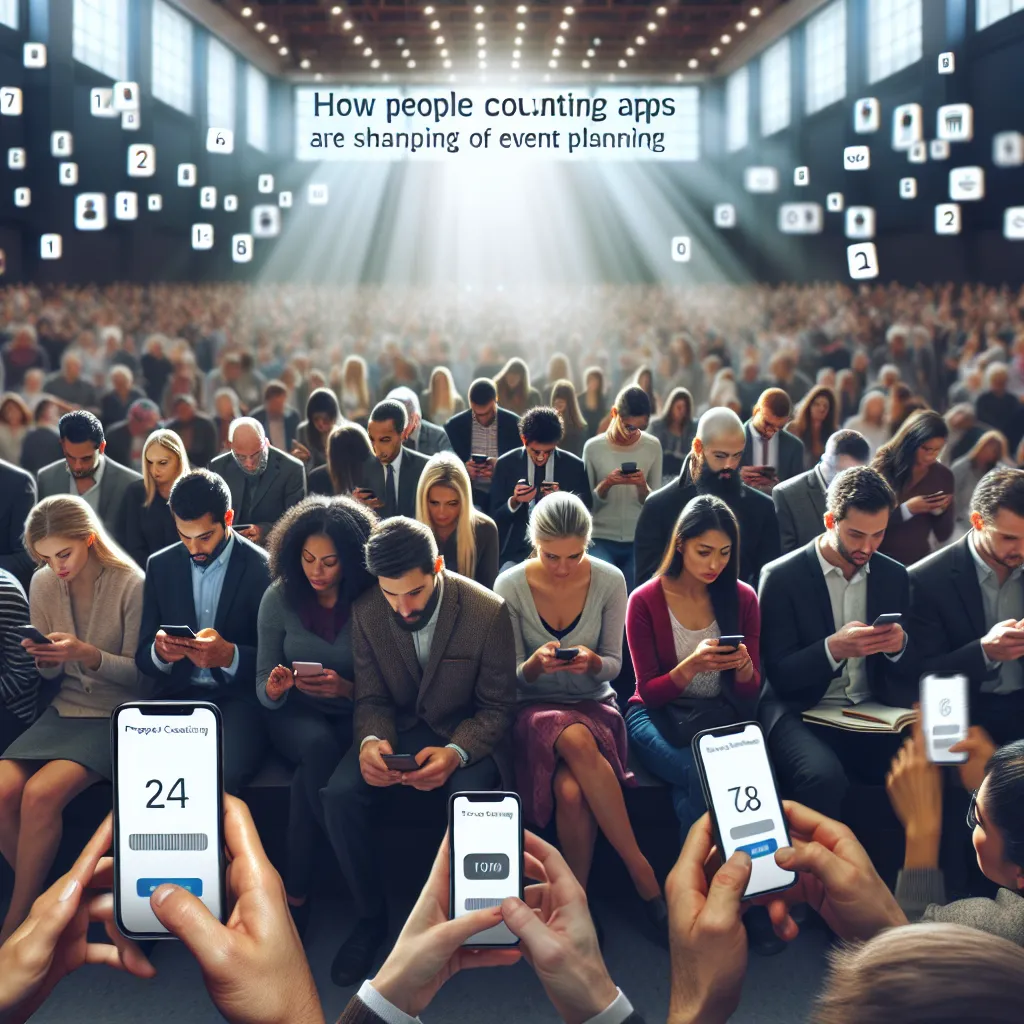The Role of AI in People Counting Technologies
In today’s fast-paced world, having an accurate count of people in a given space is an invaluable asset for various industries. From retail to event management and public safety, people counting technologies have become critically important. But have you ever wondered how these systems work so efficiently? The answer often lies in the role of AI. In this blog post, we will explore the significant role of AI in people counting technologies and how it is transforming various sectors.
Understanding People Counting Technologies
Before we delve into how AI enhances people counting technologies, it is essential to understand what these systems are. People counting technologies are designed to monitor foot traffic and calculate the number of people entering or exiting a particular area. They employ various techniques such as:
- Infrared sensors
- Video surveillance
- Wi-Fi tracking
- Floor sensors
Each of these methods has its own strengths and weaknesses. However, with the integration of AI, the accuracy and efficiency of these systems have seen tremendous improvement.
How AI Enhances People Counting Technology
1. Improved Accuracy
One of the most significant roles of AI in people counting technologies is improving accuracy. Traditional methods often struggled with counting in crowded environments or distinguishing between objects and people. AI algorithms, particularly those in image and video recognition, have the ability to identify and count people more precisely, even in densely populated areas.
2. Real-Time Data Processing
AI facilitates real-time data processing, which is crucial for sectors like retail and public transportation where immediate actions based on the crowd’s movement can lead to better service and safety. AI algorithms process live feeds and update the count instantaneously, providing actionable insights to stakeholders.
3. Enhanced Predictive Analytics
AI doesn’t just count people; it also predicts patterns. Using machine learning models, AI can analyze historical data to forecast future foot traffic trends. This capability is incredibly beneficial for businesses in planning and resource allocation. For instance, retail stores can prepare for high customer influx during holiday seasons or special promotions.
4. Behavioral Insights
Beyond just counting, AI can also gather behavioral data such as shopping habits, dwell times, and movement patterns within a space. This information is invaluable for marketing strategies, store layout optimization, and improving customer experiences.
Industry Applications
Retail
In retail, AI-powered people counting technologies help store managers understand foot traffic patterns, peak shopping hours, and customer behavior. This data is crucial for inventory management, staff allocation, and personalized marketing strategies.
Public Safety
For public safety officials, especially in the areas of crowd control and emergency management, knowing the number of people in a given space can be a matter of life and death. AI enhances these systems by providing accurate and real-time data, enabling prompt actions during emergencies.
Public Transportation
In public transportation, AI-based people counting helps manage passenger flow and ensures compliance with capacity regulations. It can also be used in predictive analytics to timetable services based on passenger trends, improving overall efficiency.
Challenges and Future Prospects
While the role of AI in people counting technologies has significantly improved accuracy and efficiency, it is not without challenges. Privacy concerns, high implementation costs, and the need for continued algorithm training are some of the hurdles. However, the continuous advancements in AI promise a future where people counting technologies will become even more sophisticated and widely applicable.
Conclusion
The role of AI in people counting technologies is transformative, bringing about improved accuracy, real-time processing, and valuable behavioral insights. As industries continue to adopt and refine these technologies, the benefits are becoming increasingly evident. Businesses can run more efficiently, public spaces can be managed better, and overall, we can create more responsive and intelligent environments.
With AI continuing to evolve, the future of people counting technologies looks promising—offering even more refined, scalable, and effective solutions across various sectors.




